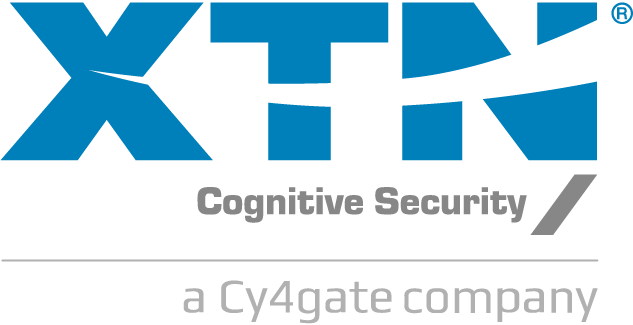
Keep your digital business safe from Policy Abuse with XTN Cognitive Security®:
Policy Abuse attacks have become increasingly prevalent in recent years, affecting a wide range of industries and sectors. This rise in attacks is due to several factors, including the increasing complexity of policies and regulations, the widespread adoption of digital technologies, and the growing sophistication of attackers. As policies and regulations become more complex and numerous, it can be challenging for organizations to ensure compliance and prevent abuse. This complexity can also create loopholes or vulnerabilities that attackers can exploit to gain unauthorized access or benefits.
Policy Abuse is a common and well-established fraud pattern referring to a customer deliberately manipulating sore policies for personal gain. This can include using deceptive practices to manipulate search results, posting fake reviews, or engaging in other fraudulent activities that violate the platform’s policies. Policy abuse can occur in various contexts, including computer security, government policies, and business settings. In each case, policy abuse involves taking advantage of weaknesses or vulnerabilities in a policy or set of policies to achieve the attacker’s goals. Nevertheless, the areas that are most commonly targeted by criminals for policy abuse include promotions, free shipping, returns, and referral marketing campaigns that are associated with e-commerce.
Policy abuse typically involves exploiting loopholes in the policies and guidelines set by an online platform. Since this can be done in a variety of ways, let’s describe some of the significant categories of policy abuse scams out there:
Detecting Policy Abuse in digital services can be a challenging task due to several reasons. Firstly, Policy Abuse is often carried out using sophisticated techniques that can bypass traditional fraud detection methods. Secondly, the sheer volume of transactions in e-commerce or similar services makes it difficult to identify fraudulent activities manually. This is particularly true for abuse types such as coupon and refund abuse, where the fraudster can take advantage of small, seemingly harmless transactions. Additionally, fraudsters are constantly evolving their tactics, making it difficult for e-commerce platforms to stay ahead of the curve. Finally, the need to balance fraud prevention with the user experience is another challenge in detecting Policy Abuse. Implementing too many fraud prevention measures can lead to customer dissatisfaction, while too few measures can result in increased losses due to fraud.
To combat Policy Abuse, it’s crucial to implement two key countermeasures. The first is preventing New Account Opening Fraud by blocking fake and synthetic accounts from enrolling, which efficiently prevents Loyalty, Coupon, or Promotion abuses. Additionally, analyzing customers’ behavior to identify returns abuses is vital. By recognizing trusted users and isolating suspect behavior or recurring returns, you can focus on suspect behavior while leaving most user experiences unmodified.
The XTN Cognitive Security Platform® offers a comprehensive solution for detecting Policy Abuse in digital services. By leveraging the power of correlation and behavioral analysis, the platform can spot when multiple users share the same device, making it difficult for fraudsters and users to open multiple fake accounts. The platform also scrutinizes user interactions with application forms to detect excessive savviness or suspect low confidence in personal information. Furthermore, the Cognitive Security Platform® integrates consistency checks and historical analysis of users’ personal information to recognize synthetic accounts that reuse data such as email, phone numbers, and addresses. With our solution, you can efficiently prevent Policy Abuse and protect your digital business.
The XTN Policy Abuse solution covers the following main areas of analysis:
Behavioral Analytics: we analyze the user’s interaction with the login form. For example, we detect excessive savviness, unfamiliarity with the user’s IP address, and heavy use of copy-and-paste.
Consistency Checks: we verify the personal data entered to detect any anomalies. For example, the reuse of information already associated with another user (phone, email, address) or a device that has already been used to register other users.
Watchlists: we check for the presence of Indicators of Compromise (IOCs) related to previous fraudulent activity or external events (data breaches).
Consequences of Policy Abuse can impact a digital business by:
• Money loss
• Acquisition cost increased
• Reputational and brand damage
• Low-value customers
• Pricing integrity damage
Have any question? We’d love to hear from you.

Copyright © XTN Cognitive Security S.r.l. 2024
Rovereto – Padua – Milan
New York
All Rights Reserved
VAT ID / P.IVA IT04395340286
REA TN – 201845
Share capital 10,000 €

XTN Cognitive Security’s “Information Security Management System” is ISO/IEC 27001:2022

XTN Cognitive Security's information security management system is ISO/IEC 27001:2013